Dozens have been infected in a recent measles outbreak that started at Disneyland.
In December, measles broke out at Disneyland in Anaheim, California. The virus infected 42 people at the park, five of whom were Disney employees.
So far this year, measles has infected 68 people in 11 states (and counting), aged from 7 months to 70 years. Although we’ve had a measles vaccine since 1963, most of these new infections hit unvaccinated people.
In the U.S., the measles vaccination rate is nearly 95%. This is generally high enough to keep the virus in check when it comes in from other countries. Outbreaks happen when clusters of unvaccinated people gather in the same area (such as in an amusement park), allowing the disease to spread rapidly.
Vaccinated people protect those who can’t get a jab, such as young babies and people with certain allergies.
But some parents believe, despite loads of scientific research to the contrary, that vaccinations will increase their child’s risk of autism. Some of them argue that there’s nothing to fear, that measles is a mild disease and not worthy of a vaccination.
“Why is it that people are making this choice? I think the answer is that they don’t fear the disease,” Dr. Paul Offit, a professor of pediatrics in the Division of Infectious Diseases at the Children’s Hospital of Philadelphia, told BuzzFeed News. “They haven’t lived through an epidemic.”
The last big U.S. outbreak was 1989–1991, so most people — even most doctors — don’t remember how bad it was, he added.
So just how bad is it? Here are the basics.
Measles spreads through the air.
James Gathany/CDC / Via en.wikipedia.org
When someone infected with the measles coughs or sneezes, they spew droplets of virus that can live for up to two hours. “Small droplets hang in the air, like a ghost,” Offit said.
If you breathe them in, the virus lodges itself in your throat and lungs. There it multiplies and spreads through the rest of the body.
Symptoms typically begin with a runny nose, 104+ degree fever, a cough, and red, watery eyes.
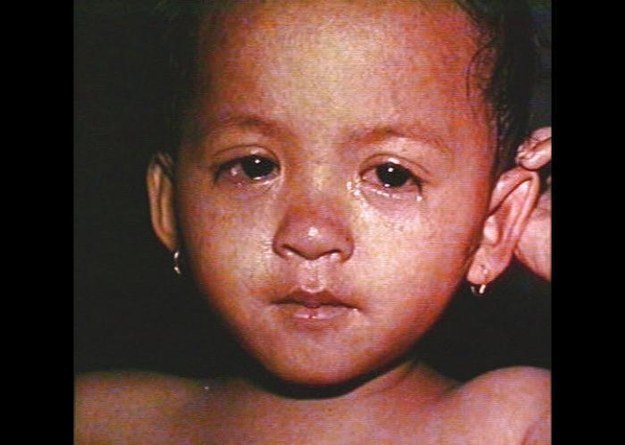
CDC/ Barbara Rice / Via phil.cdc.gov
Then come the mouth sores.
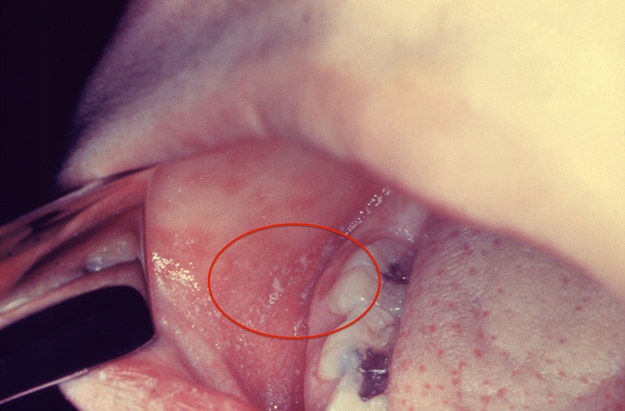
CDC / Via phil.cdc.gov
After several days, small blue-white bumps (known as “Koplik spots”) begin to appear on the inside of the cheeks.
And then that rash.
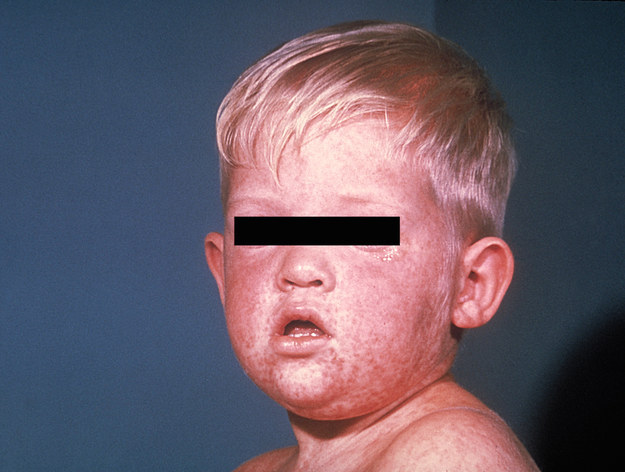
CDC / Via phil.cdc.gov
After another few days comes measles’ characteristic red rash. It begins at the hairline and spreads across the face and neck.
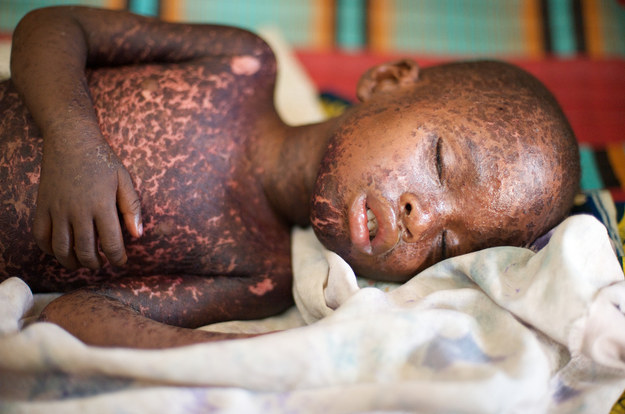
Flickr: Julien Harneis / Creative Commons / Via Flickr: julien_harneis
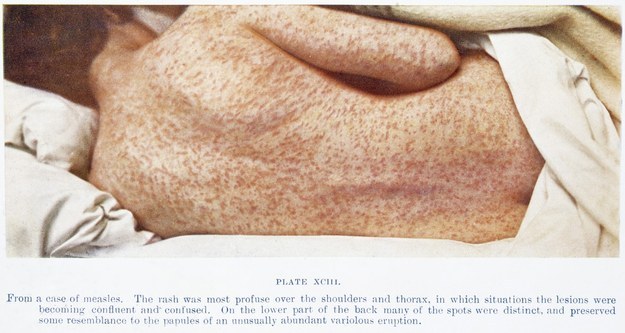
Wellcome Library, London / Via http://wellcomeimages.org
The rash spreads downward and outward to the rest of the body, hands, and feet, and turns brown.
Symptoms may also include a loss of appetite and avoidance of light.
“The easiest way to tell if something is measles is to ask, how miserable is this child?” Offit said. “Children with measles are inconsolable.”
For most people, the infection ends after 10 to 12 days. But for an unlucky few, it gets much worse.
According to data collected in the 1990s by the Centers for Disease Control and Prevention:
About 8% of cases get diarrhea, leading to dehydration.
Another 7% get an ear infection, which can lead to deafness.
About 6% come down with pneumonia, a lung infection, making it hard to breathe. When people die of measles, it’s usually from pneumonia.
About 0.6% — 1 in 167 — will get seizures.
About 0.1% — that’s 1 in 1,000 — will get acute encephalitis, or swelling of the brain, which can lead to headaches, vomiting, a stiff neck, convulsions, and coma. About 15% of these people die.
Recovery isn’t fun, either.

CDC/Dr. Lyle Conrad / Via phil.cdc.gov
This photo from the 1960s shows a Nigerian child recovering from measles. The skin sloughs like that of a burn victim.
Even if you make it through a bout of measles, it may come back to bite you.
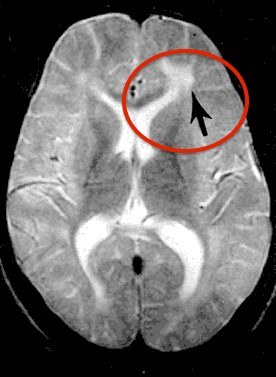
Bonthius et al., 2000 / Via en.wikipedia.org
For every 100,000 cases of measles, about 7 will eventually get subacute sclerosing panencephalitis (SSPE).
SSPE is a severe brain inflammation that happens 7 to 10 years after recovering from measles. It leads to muscle spasms, seizures, dementia, personality changes, and death.
“It’s a death sentence,” Offit said. “If you have that, you’re going to die.”
Other rare complications have also been reported.

Ogbureke et al., 2010 / Via openi.nlm.nih.gov
In a few children, for example, measles has triggered facial gangrene.
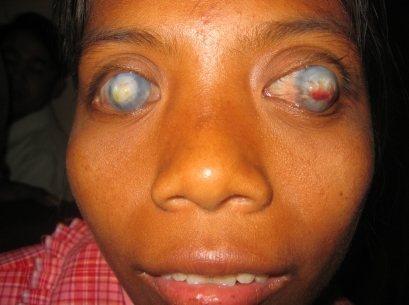
Nemet et al., 2009 / Via openi.nlm.nih.gov
For this 21-year-old in Myanmar, measles caused blindness.
The death rate is low.
Before the measles vaccine existed, 3 to 4 million people contracted measles each year. Of these, 48,000 were hospitalized and about 500 died.
Thanks to the vaccine, the U.S. rarely sees a measles death anymore. But that could change if these outbreaks persist.
“Measles is not just the provence of the undernourished child in Africa,” Offit said. “Healthy children in the United States can die of measles — there’s plenty of evidence for that.”


















